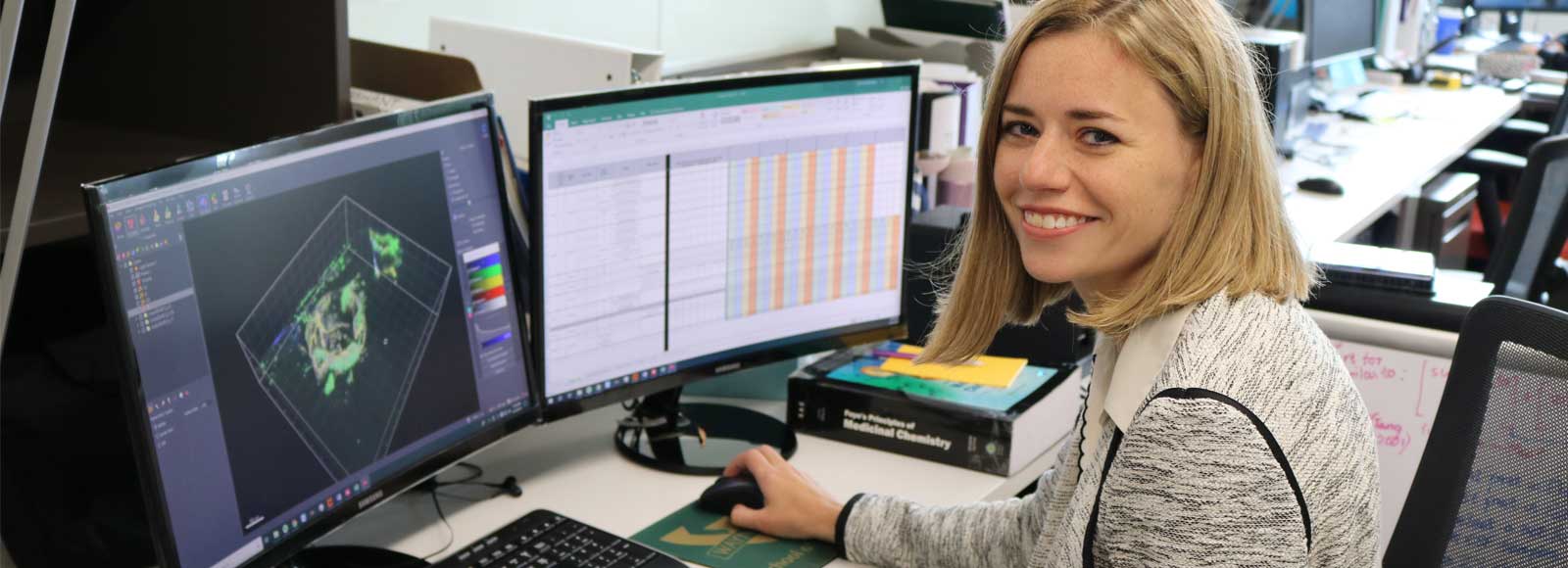Harris’ hydrocephalus research receives new round of NIH funding to continue work on improving shunt design

More than one million people in the U.S. are affected by hydrocephalus, a condition in which an accumulation of cerebrospinal fluid (CSF) on the brain causes increased pressure in the skull. It can strike at any age — one out of every 770 infants will develop hydrocephalus, while an estimated 800,000 elderly Americans are afflicted with this incurable neurological disorder.
The only effective treatment of hydrocephalus is to drain the excess CSF using a surgically implanted shunt, which has the highest failure rate — 50% after two years and 85% after a decade — of any neurological device. Carolyn Harris, associate professor of chemical engineering and materials science at Wayne State University, has devoted years of research to evaluating and improving shunt designs.
Harris recently received a renewal of a research project (RO1) grant, which originally totaled $2,666,756, from the National Institutes of Health. Her project, “Investigating the source and the action behind shunt obstruction in the treatment of pediatric hydrocephalus,” generated a first-year grant of $575,066 in the latest round of funding from the NIH National Institute of Neurological Disorders and Stroke. The final amount for the entire RO1, spanning from 2016-27, will accumulate to $5,345,009.
This project uses a combination of data from her prior research — from explanted failed shunts to MRI-driven computational fluid dynamics modeling — to understand the factors that influence shunt failure and lead to new clinical parameters and ultimately improved treatment devices.
“Failed shunts are plagued with astrocytes and macrophages, but we still do not understand the process by which these cells are pulled in, migrate and grow,” said Harris.
Further modeling investigations in Harris’ lab aim to investigate patient conditions, specific single or repetitive events, and other variables that contribute to shunt catheter contact and tissue pull.
“In order to identify the best strategies to prevent occlusion of shunts, we must study the mechanisms of tissue pull in and tissue ingrowth. We do this efficiently and effectively with translational patient studies and high-throughput benchtop systems,” she said. “Altogether, these data will lead to engineering solutions to improve patient care.”
The project number for this NIH award is 2R01NS094570-06A1.